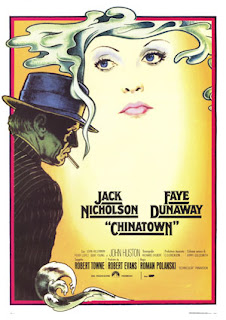The Maltese falcon really existed, if not in a form Hammett’s readers would recognize. It dates back to the Knights of Malta, a religious order founded as the Knights Hospitaller in the year 1080 to provide care for poor and sick pilgrims to Jerusalem. In 1530, Holy Roman Emperor Charles V of Spain gave the order a large territory, including Malta, in exchange for an annual fee of a single – live, not bejeweled – Maltese falcon. Even though it has no territory today, the order survives and is considered a sovereign state, with observer status at the United Nations.
Dashiell Hammett drew on the history of the Knights of Malta when creating the plot hook for The Maltese Falcon. He explained this historical influence by saying simply, “Somewhere I had read of the peculiar rental agreement between Charles V and the Order of the Hospital of Saint John of Jerusalem.” The Crusades probably intrigued Hammett because of their mythic association with the Holy Grail, the cup used by Jesus at the last supper. The association with the Crusades subtly elevates Sam Spade to a knight on a noble errand, a ploy that intensifies the quest and, considering how ignoble many of Hammett’s characters are, mocks it at the same time.
Falconry, the sport of using trained birds to hunt small prey, dates back thousands
A valuable prize that everyone in a story is chasing, as with Hammett’s falcon, is sometimes called a “maguffin.” Film director Alfred Hitchcock popularized the term to describe the elusive objects that so many of his heroes and villains pursued. In each case, the nature of the object is less important than how much everyone wants it. In the book, greed destroys any hope the characters have for contented lives, yet they cannot give up the chase. They are driven by uncontrollable yearnings that eat away at their humanity and contaminate relationships. Reversing the lead-into-gold transformation familiar from alchemy, the Maltese falcon has been reduced from gold to lead, and down with it go the lives of all who vainly chase it.
Excerpt taken from the National Endowment for the Arts Reader’s Guide. For more insider information on The Maltese Falcon, click here.









